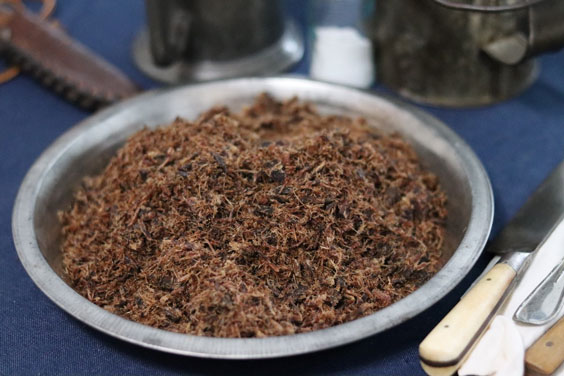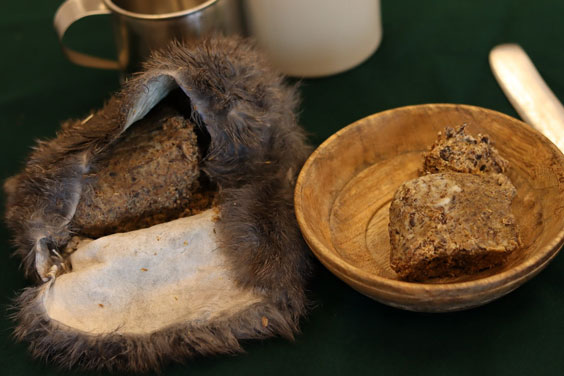The Magic of Interlibrary Loans: Accessing State Archive Microfilm Resources From a Distance

Screenshot of OCLC WorldShare, which is one way a library can submit a request received from a researcher for microfilm holdings at the State Archives.
Spring has descended on the Bismarck area after a relatively calm winter for us, and with summer’s approach our busy research season is about to come to the State Archives. While we have patrons throughout the year, we tend to get more visitation in the summer months with folks coming to tackle their family history projects or researchers working on that next book or article on a given topic. While most of our collections are only accessible in person in the reading room, interlibrary loans do provide access to many microfilm resources from afar.
Some may be familiar with these services from their local libraries, whether public or affiliated with a college or university. Such loans allow staff to request material the library does not have in its collection from another library, which then loans it to the requesting library to allow the patron access to it for a specified period. With lending libraries, whose materials typically are meant to circulate, such loans are a routine service. At the State Archives, our material is usually not meant to circulate, but some of our researchers are not able to easily come to Bismarck to research in person. If they need access to North Dakota newspaper resources beyond a search for a specific obituary or other article, this is where interlibrary loans come in.
Our microfilmed newspapers are a popular resource for researchers on a variety of topics and projects. While our digital offerings of newspapers are expanding as resources allow on sites such as Chronicling America and Advantage Archives, many newspapers are not yet digitized, so microfilm is the way to access these.
How does one submit an interlibrary loan request? Contact the appropriate staff at your nearest local library (public, college, or university) that has a microfilm reader available and is willing to facilitate the loan. They submit the request to us, and we either fulfill it by sending the microfilm in the mail or let them know we are unable to fill it at this time. The loan period is 30 days and can be renewed for an additional 30 days unless there is a need for the film to be returned, in which case we would notify the library. We do charge a fee of $4 per roll to libraries in the United States to cover postage and other costs associated with the service. Library staff can submit requests via OCLC WorldShare, which is an online portal many libraries use to submit ILL requests, or they can email us the request directly to archives@nd.gov. We also loan to Canadian libraries, though this incurs an $8 charge per roll because of the increased costs involved.
Some restrictions to this service exist. We loan a maximum of five rolls at a time to a patron. The rolls must stay within the requesting library facility. Also, not all our microfilm rolls can be loaned, but we do let researchers know when they reach out to us regarding a particular resource. And we are unable to loan outside the United States and Canada.

All interlibrary loan requests we receive at the State Archives are logged into Re:discovery as well.
So if you can’t make it to Bismarck, consider giving interlibrary loan a try. We have sent dozens of rolls to libraries across the country and to Canada, averaging 75 loan requests per year. We are happy to help libraries and work with them in providing this service to access one of our more widely used resources. Newspapers are a great window into our past, and you can access most of ours via your local library if needed. Give it a try!






